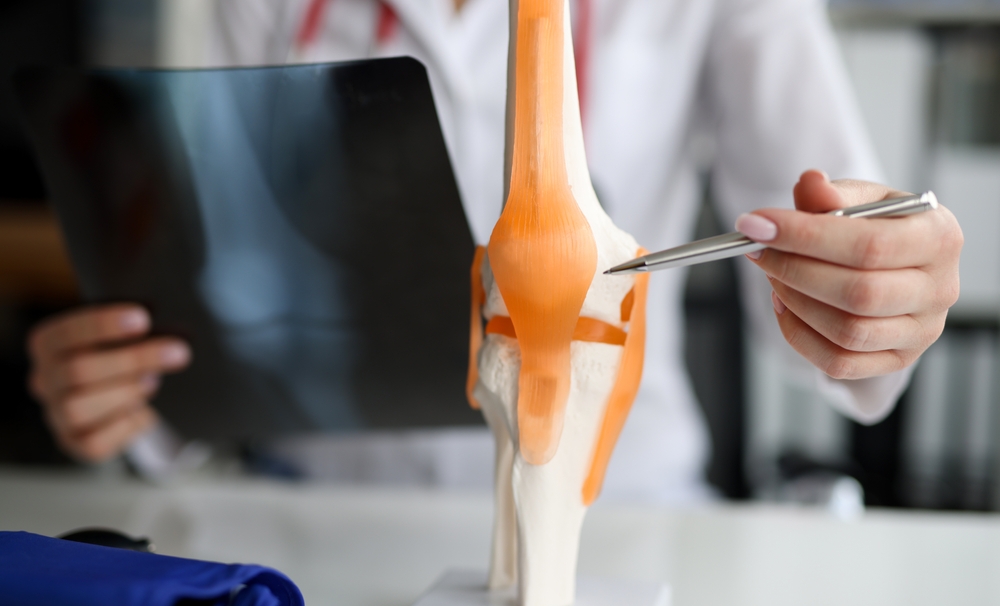How Many Joints Can Be Replaced?

Several joints can be replaced with prostheses to relieve pain and improve joint function. The most common joints that can be replaced include:
- Hip Joints: Total hip replacement (hip arthroplasty) is a well-established procedure to replace the damaged hip joint with an artificial hip prosthesis.
- Knee Joints: Total knee replacement (knee arthroplasty) is a widely performed surgery to replace the damaged knee joint with an artificial knee prosthesis.
- Shoulder Joints: Shoulder replacement (shoulder arthroplasty) may involve replacing the ball of the upper arm bone (humerus) or the socket (glenoid) with artificial components.
- Elbow Joints: Elbow replacement (elbow arthroplasty) may be performed in cases of severe arthritis or joint trauma to replace the damaged elbow joint with an artificial implant.
- Ankle Joints: Ankle replacement (ankle arthroplasty) is a procedure to replace the damaged ankle joint with a prosthesis.
- Finger Joints: Finger joint replacement (finger arthroplasty) is a less standard procedure to address severe arthritis or joint deformities in the fingers.
- Wrist Joints: Wrist replacement (wrist arthroplasty) is performed in specific cases to address severe wrist arthritis or joint deformities.
Joint replacement is typically considered when more conservative treatment options have been exhausted, and joint pain and dysfunction significantly impact the individual’s quality of life and daily activities. The decision to undergo joint replacement surgery is based on an individual’s specific condition, overall health, and the extent of joint damage.



